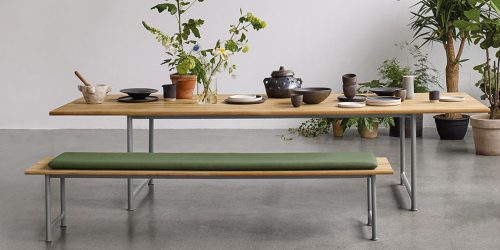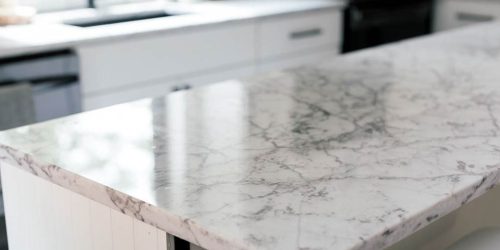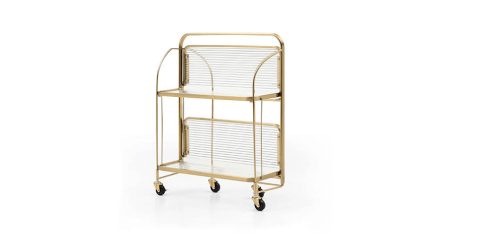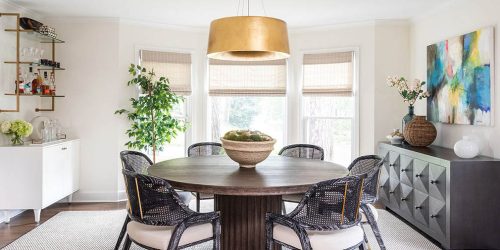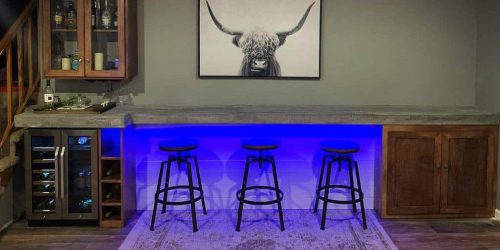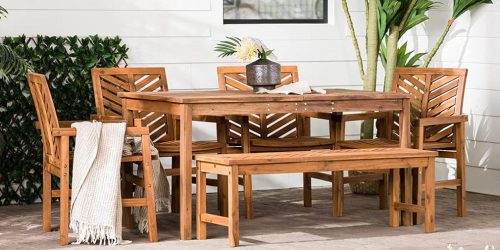How to Style Open Shelving in Your Kitchen Like a Pro
Open shelving has become one of the most popular kitchen trends in recent years, providing an airy, accessible way to display beautiful dishware, glassware, and decorative items. When done right, open shelving can bring personality, functionality, and style into your kitchen. However, achieving the right balance of aesthetics and utility on open shelves requires thoughtful planning and a few pro tricks. Here’s an in-depth guide to styling open shelves like a designer, transforming your kitchen into a beautiful, functional space.
1. Start with a Clean Slate
Before you dive into styling, clear the shelves and thoroughly clean them. Dust and grime can detract from your kitchen’s look, so start with a blank, clean slate. Taking everything off allows you to look at your shelves with fresh eyes, making it easier to visualize your ideal layout.
- Pro Tip: Consider repainting or refinishing shelves to refresh their look if they appear worn or outdated. A clean background—whether in a bright color, soft pastel, or neutral shade—makes a significant difference.
2. Choose a Cohesive Color Palette
One of the best ways to achieve a professionally styled look is by selecting a cohesive color palette. Choose colors that complement your kitchen’s overall design and stick to a few shades for consistency. Neutrals like white, beige, or gray are versatile and timeless, but incorporating pops of color can add interest.
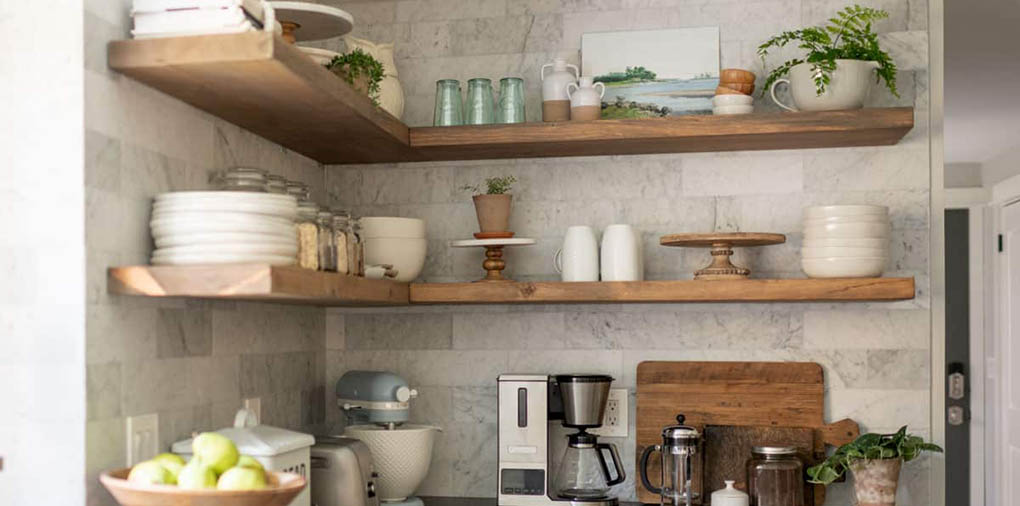
- Pro Tip: Limit your palette to two to four colors. For instance, white dishes paired with natural wood tones and a hint of green from plants create a calming, balanced look. Using cohesive colors makes everything appear intentional and prevents a cluttered feel.
3. Mix Practical Items with Decorative Accents
Open shelves don’t just have to be about practicality. A balance of functional items and decorative accents will create visual interest and make your kitchen look curated rather than cluttered. Incorporate items you regularly use—like dishes, glasses, and bowls—with more decorative elements like small plants, artwork, or ceramic pieces.
- Examples of Practical Items: Plates, glasses, mugs, bowls, and frequently used cooking ingredients in stylish jars.
- Examples of Decorative Items: Potted herbs, ceramic vases, framed art, cookbooks, or decorative trays.
4. Play with Heights and Layers
Varying the heights and layers of objects on each shelf adds depth and keeps the eye moving. Taller items like vases or cookbooks can sit toward the back, while smaller items are arranged in front. This layering technique creates a sense of dimension and helps each shelf look fuller without being overcrowded.
- Pro Tip: Stack bowls or plates, and lean a small framed piece of art or a cutting board behind them. Mixing heights and layering adds depth, making the shelves feel organized and visually engaging.
5. Group Similar Items Together
Organizing items in small groups or clusters helps create order on open shelves. Rather than scattering items randomly, group similar items like dishes, jars, or glasses. Small clusters look intentional and cohesive, while random arrangements can make shelves look chaotic.
- Pro Tip: Try grouping items in odd numbers, as odd groupings (like three or five) tend to look more natural and pleasing to the eye. This method also creates more harmony in your design.
6. Incorporate Textures for a Dynamic Look
Incorporating a mix of textures adds richness and character to your open shelving. Think of materials like ceramic, glass, wood, and metal to create a well-rounded, interesting look. For example, placing a rustic wooden bowl next to shiny glass jars or ceramic plates can make each item stand out.
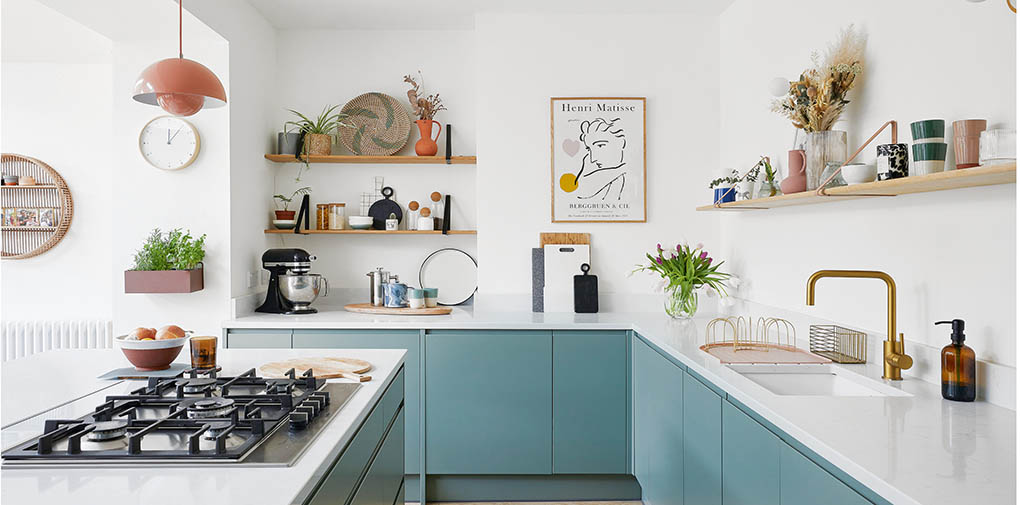
- Pro Tip: Wooden cutting boards, woven baskets, or metallic accents add warmth and depth to your shelves. Mixing textures helps prevent a flat or one-dimensional appearance.
7. Use Stylish Storage Containers
If you’re storing dry goods on open shelves, invest in stylish containers. Clear glass jars are perfect for displaying colorful grains, pasta, or spices, allowing for easy access and visibility. Choosing containers with similar shapes or materials adds to the organized, clean aesthetic.
- Pro Tip: Label your containers for both style and convenience. Handwritten or printed labels can add a personal, organized touch, and they help keep you or guests from confusing ingredients.
8. Add Greenery for a Fresh Touch
Plants bring a fresh, lively touch to any space, and kitchens are no exception. Small potted plants, like succulents or herbs, add natural beauty to open shelves. They also purify the air and can double as handy ingredients if you’re growing herbs.
- Pro Tip: If you lack natural light, consider faux plants. Quality faux plants are a low-maintenance way to add greenery without worrying about sunlight or watering.
9. Use Negative Space to Avoid Overcrowding
While it can be tempting to fill up every inch of shelf space, incorporating negative space is essential for a clean, uncluttered look. Leaving a few open areas on each shelf provides a break for the eyes and prevents your kitchen from looking overly busy.
- Pro Tip: Aim to have about 25% of each shelf as open space. This ensures your open shelving looks intentional and balanced without overwhelming the space.
10. Add Personality with Personal or Vintage Items
Infuse personality into your shelves with a few personal or vintage pieces, such as a family heirloom dish, a travel souvenir, or an antique item. These unique items create a sense of history and charm, making your kitchen feel like a well-loved and well-lived-in space.
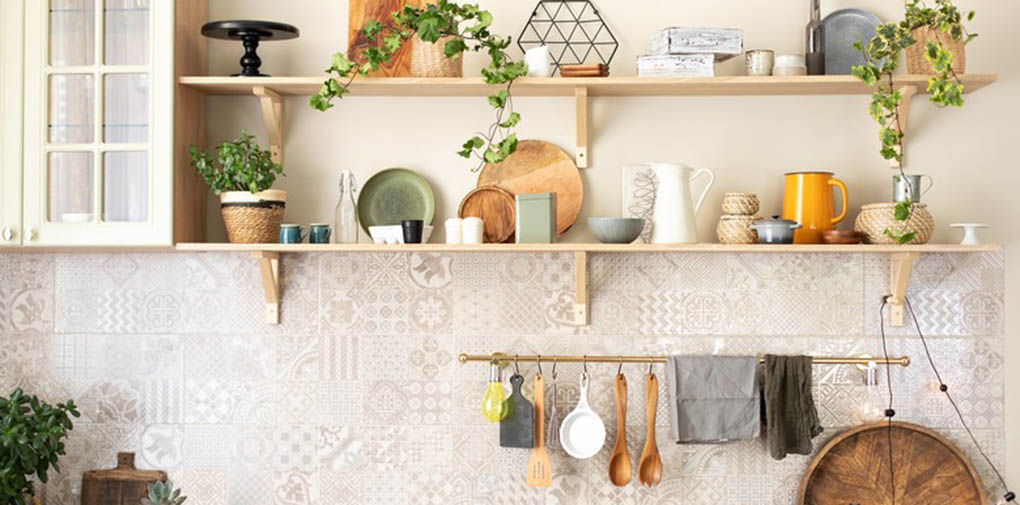
- Pro Tip: Try to use just a few of these items to avoid overcrowding. A vintage teapot, small framed artwork, or handmade pottery can add a lot of character without taking up too much space.
11. Rotate Items Seasonally
Changing up your shelves with the seasons adds freshness to your kitchen decor. In summer, you might display colorful dishes and fresh flowers, while in winter, you could switch to warmer tones or add festive decor.
- Pro Tip: Store some items that you rotate in cabinets or drawers for easy access. This keeps your display fresh and aligns it with the mood or season.
12. Invest in Quality Pieces for Longevity
Since open shelves leave items on display, investing in quality pieces that stand the test of time is essential. Choose durable dishes, high-quality glassware, and decorative accents that won’t need constant replacement.
- Pro Tip: High-quality pieces not only look better but often last longer and withstand frequent use, which is essential if you’re storing everyday items on open shelves.
Product Recommendations
To create an effortlessly stylish open-shelving look, consider these highly-rated items that combine beauty and practicality:
- Anchor Hocking Heritage Hill Glass Jars: These are perfect for storing dry goods like pasta, grains, or spices while maintaining a clean, classic look.
- Williams Sonoma Olivewood Salad Bowls: Wooden bowls like these add warmth and texture, offering a beautiful contrast to ceramic or glass items.
- Mason Craft & More Apothecary Glass Jars: These jars come in various sizes, ideal for storing spices, baking essentials, or snacks while keeping shelves organized and visually appealing.
- West Elm Ceramic Vases: A minimalist vase adds elegance and height to shelves, making it a great addition to create layers or draw attention to a particular area.
- Terrain Faux Eucalyptus Sprigs: Perfect for adding greenery without maintenance, these faux eucalyptus sprigs bring life and color to any open-shelving display.
- Le Creuset Stoneware French Press in White: This versatile piece adds a chic, functional element to your shelf while complementing a neutral color palette.
Styling open shelving in your kitchen doesn’t have to be daunting. With the right balance of colors, textures, and functional items, you can create a stunning yet practical kitchen display. Open shelves offer the opportunity to showcase items you love while keeping everything within reach.
